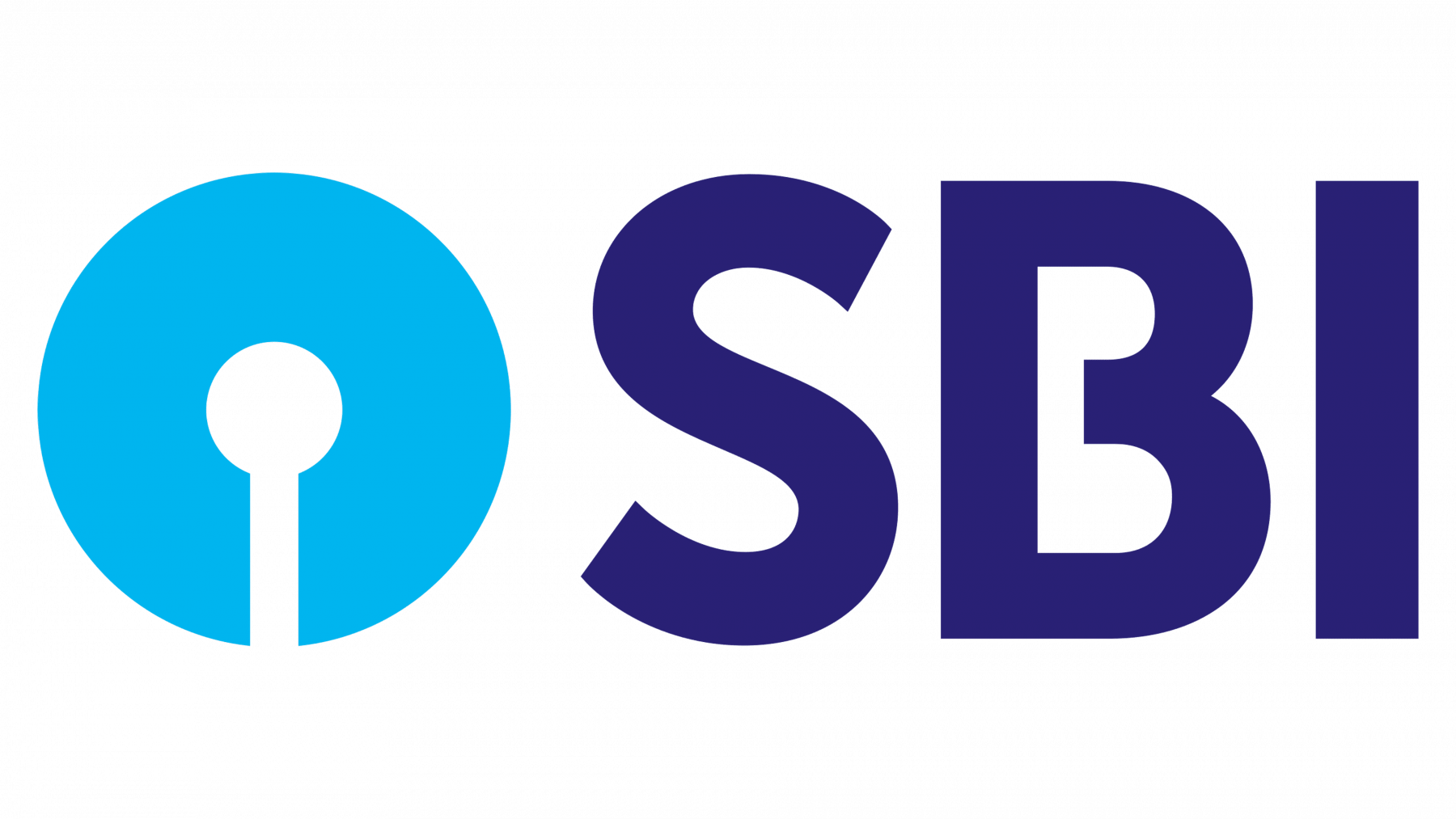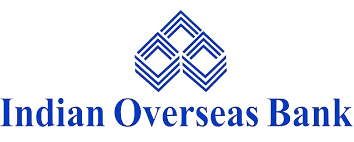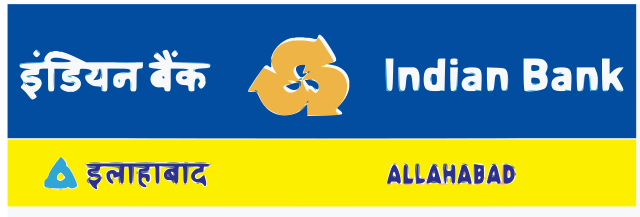
Get a Quote
Get a Quote and Find Services to Fit Your Needs 50000+ Satisfied Clients
5000+ Licenses & Registration
15 Branches across India
75 Years + Combined experience
There are many banks in India, including both government banks and private sector banks. Both types of banks offer similar banking services. However, many individuals feel that government banks are safer. This belief mainly comes from the fact that government banks are backed by the Indian Government. Therefore, depositors trust that their money is more secure, especially during a financial crisis or bank failures.
If you are planning to open a bank account at a government bank but cannot decide which exact government bank, then this blog post, wherein we explain top 10 government banks in India, is perfect for you!
We have carefully picked the list of best government banks in India, so that you can decide which one suits you best for opening a bank account:
SBI Bank
Indian Overseas Bank
Punjab National Bank
Bank of Maharashtra
Bank of India
Union Bank of India
Canara Bank
UCO Bank
Punjab and Sind Bank
Indian Bank
Now, let’s discover when these banks were established and the services they offer.
Year of Establishment: 1 July 1955

SBI stands for State Bank of India. SBI Bank is a government-owned commercial bank and financial services company. The Indian government nationalized this bank in 1955. There are thousands of SBI branches throughout the country and dozens of offices across the globe.
The headquarters of SBI Bank are located in Mumbai, Maharashtra. Originally, the SBI originated as Bank of Calcutta in 1806. Three years later, the bank received a royal charter and was renamed the Bank of Bengal. It stood alongside the Bank of Bombay (established in 1840) and the Bank of Madras (established in 1843) as one of the three presidency banks. These banks were jointly owned by the provincial governments and private investors.
In 1921, the presidency banks merged to form the Imperial Bank of India (IBI), which went on to become the country’s largest commercial enterprise. In 1955, the Government of India and the Reserve Bank of India (which had been set up in 1935) took joint ownership of the IBI, renaming it the State Bank of India (SBI). Four years later, under the State Bank of India (Subsidiary Banks) Act, several banks previously run by princely states became SBI subsidiaries. The Reserve Bank’s stake in SBI was eventually handed over to the government in 2007.
Since its nationalization, SBI has played a vital role in India’s economic development by supporting rural growth, promoting microcredit, funding key agricultural and industrial ventures, and helping raise loans for the government. The bank is overseen by a board of directors, with a chairman at the helm. The government appoints both the chairman and the managing directors.
Year of Establishment: 10 February 1937

Shri. M.Ct.M. Chidambaram Chettyar founded the Indian Overseas Bank on 10 Feb 1937. Indian Overseas Bank (IOB) was established on February 10, 1937, by Shri M.Ct.M. Chidambaram Chettyar, fondly known as MCt., a visionary entrepreneur who made his mark across banking, insurance, and industry. He launched IOB with the specific aim of focusing on foreign exchange and overseas banking. His ventures also included founding United India Life Insurance, expanding into general insurance with United India Fire and General Insurance Company Ltd., and establishing Travancore Rayons in Kerala, India’s first synthetic fibre plant.
A bit of background: Indian Bank was originally backed by Chettiar capital following the infamous Arthurbot crash. M.Ct. Muthiah Chettiar joined its board in 1914 and remained involved until his passing. His son, MCt., succeeded him in 1930, serving on the board until 1940 and again between 1945 and 1949. The family’s direct involvement ended in 1950 when M.Ct. Muthiah stepped down due to differences with the board.
IOB was among the 14 major banks nationalized in 1969. At the time, it had 195 branches across India, with total deposits of Rs. 67.70 crore and advances of ₹44.90 crore. In the post-nationalization phase (1969–1992), IOB faced several structural changes. In 1973, it had to close its five Malaysian branches due to Malaysian banking laws that barred foreign government-owned banks. This led to the formation of United Asian Bank Berhad, with IOB holding a 16.67% stake. That same year, IOB helped set up Bharat Overseas Bank Ltd. in India, holding a 30% stake, to manage its Bangkok branch in Thailand.
The bank expanded internationally, opening a branch in Seoul in 1977 and a Foreign Currency Banking Unit in Colombo’s free trade zone in 1979. IOB also played a role in rural development, sponsoring three Regional Rural Banks: Puri Gramya Bank, Pandyan Grama Bank, and Dhenkanal Gramya Bank. It pioneered early computerization by setting up a dedicated Computer Policy and Planning Department (CPPD) to develop software, train staff, and drive digital transformation. In 1988, IOB acquired the Bank of Tamil Nadu as part of a rescue move.
Year of Establishment: 12 April 1895

PNB full form is Punjab National Bank. This bank was established on 19 May 1894. The founding board was composed of individuals from various regions of India, representing a range of backgrounds and faiths, but they all shared the goal of giving the nation a truly national bank that would serve its economic interests. On April 12 1895, the bank opened for business.
The first Board of 7 Directors of PNB consisted of Sardar Dayal Singh Majithia. He was also the founder of Dayal Singh College and the Tribune. Lala Lalchand was one of the founders of DAV College and President of its Management Society. Famous Bengali leader Kali Prosanna Roy, who was also Chairman of the Reception committee of the Indian National Congress at its Lahore Session in 1900, was also a part of the PNB Bank. In 1900, the first PNB branch outside Lahore was opened in Rawalpindi.
PNB has been a "People's bank" since its founding in 1895, serving millions of people nationwide. Among those who have banked with us are notable national leaders like Sarvshri Jawahar Lal Nehru, Gobind Ballabh Pant, Lal Bahadur Shastri, Rafi Ahmed Kidwai, Smt. Indira Gandhi, and others.
Year of Establishment: 16 September 1935

Bank of Maharashtra has headquarters in Pune, Maharashtra. It is one of the top government banks in India since its registration on 16 September 1935. Bank of Maharashtra has a rich heritage that spans over nine decades and shows commitment to excellence in providing the banking services.
The Bank has a presence throughout India with over 2550 branches, 2000 ATMs, 3000 Business Correspondents and 3 Digital Business Units. It upholds the highest standards transparency and integrity as it is a public sector bank.
The bank's goods and services have also been successfully updated in the midst of the technological revolution to give its clients a smooth experience. The bank has introduced a number of easily navigable digital products, including the Mahamobile Plus App, Internet Banking, WhatsApp Banking, and Video-KYC for opening an account. Strong client loyalty and the bank's financial inclusion are demonstrated by its healthy CASA ratio of about 50% as of December 24.
The bank is able to offer creative and dependable banking solutions that are suited to the various needs of its retail, agribusiness, MSME, corporate, and non-resident Indian clients because of its strong infrastructure and youthful, talented personnel.
Year of Establishment: 7 September 1906

Bank of India is one of the biggest government banks in India. On 7 September 1906, a group of eminent business from Mumbai founded this bank. Till July 1969, the bank was under private ownership until the Indian govt nationalized it along with 13 other banks.
In 1997, it came out with its maiden public issue and followed on Qualified Institutional Placement in 2008. The Bank has come up with various innovative services and systems while strictly adhering to a policy of caution and wisdom.
Bank of India conducts business with a mix of traditional values and ethics as well as state-of-the-art infrastructure. It was among one of the first nationalized banks to establish a branch and ATM facility that are fully computerized, at the Mahalaxmi Branch at Mumbai back in 1989.
Additionally, the Bank is SWIFT Founder Member in India. In 1982, it was the first to implement the Health Code System for grading and assessing its credit portfolio. With 47 branches and offices, including 4 subsidiaries, 1 representative office, and 1 joint venture, the bank currently operates in 15 foreign countries across 5 continents. These locations are located in major banking and financial hubs, including Tokyo, Singapore, Hong Kong, London, Paris, New York, DIFC Dubai, and the International Banking Unit (IBU) at GIFT City Gandhinagar.
Year of Establishment: 11 November 1919
.png)
One of the leading government banks in India is the Union Bank of India. This bank is a listed entity. The Government of India owns 74.76% in the total paid up capital of Union Bank of India.
The headquarters of UBI is in Mumbai. On 11 November 1919, the RoC registered it as a limited company. On 1 April 2020, Andhra Bank and Corporation Bank amalgamated into UBI. Union Bank has a network consisting of 8,600+ domestic branches, 8,900+ ATMs, 73,500+ employees and 23,000+ Business Correspondents. It has its presence across all States and Union Territories of India.
Union Bank of India has its registered and corporate headquarters in Mumbai’s iconic Nariman Point, right in the heart of India’s financial capital. The bank came into existence on November 11, 1919, thanks to the foresight of Seth Sitaram Poddar.
Its Mumbai head office was inaugurated in 1921 by none other than Mahatma Gandhi, who highlighted the importance of having a strong financial institution to support the country’s development goals. Looking back, his words couldn’t have been more accurate, given how far the bank has come.
The Union Bank of India logo features two interlocking U’s in red and blue, symbolizing the partnership between the bank and its customers. The design reflects core values like integrity, security, and strength. While the blue stands for trust and commitment, the red captures the energy and passion that drives the bank forward.
Year of Establishment: 1 July 1906

Another public sector bank in our list of government banks in India is Canara Bank. This bank is famous for its customer centricity. Its founder was Shri Ammembal Subba Rao Pai, a great visionary and philanthropist. He founded this bank in July 1906 in Mangalore, then a small port town in Karnataka.
Over hundred years of existence, the Canara Bank has gone through various growth phases. The bank’s growth was remarkable, especially after its nationalization in 1969. It attained the status of a national-level player when it comes to geographical reach and clientele. In 80s, the bank focused on business diversification. Canara Bank completed a century of operation in the Indian banking sector in June 2006.
The Bank has a distinctive mark in not just commercial banking, but also various distinctive marks in various corporate social responsibilities, like serving national priorities, enhancing rural self employment through various training institutions, promoting rural development and leading the financial inclusion goal.
Year of Establishment: 6 January 1943
Mr. G.D Birla, the Indian industrial renaissance’s doyen, first conceived the notion of a purely Indian Bank after the Quit India movement in 1942. On 6 January 1943, this notion became a reality as the United Commercial Bank Ltd was born. Its registered and head office was based in Kolkata.
This all-India character of the Bank remains to this day, not only in the composition of its Board but also in the geographical distribution of its more than 3000 members in the country as well as in its overseas centers in Singapore and Hong Kong. The first Board of Directors comprised distinguished national figures from all walks of life.
A new chapter in the Bank's history began in 1985 when an Act of Parliament changed the Bank's name to UCO BANK. However, despite this name change, the bank's customer-friendly and socially conscious nature remained the same. The nation has long recognized UCO Bank as one of the nation's most prominent and active banks throughout the country.
Year of Establishment: 24 June 1908
1.png)
Another Bank in our top 10 government banks in India list is Punjab & Sindh Bank. It is one of the best public banks in India, with its headquarters in the capital of New Delhi. It has over 1570 branches widely spread across the country. The Punjab state has the largest number of branches i.e., 635 branches. It has 25 zonal offices that are located all over the country.
On 24 June 1908, Bhai Vir Singh, Sir Sunder Majitha, and Sardar Tarlochan Singh established the Punjab and Sindh Bank’s first branch in Amritsar. They did so to serve the then Sind and Punjab areas of colonial India.
Punjab and Sind Bank was among the six banks that the Government of India nationalized on 15 April 1980 in the nationalization’s second wave. The first wave was in 1969 when the government nationalized the top 14 banks. In the 1960s, the Bank established a London Branch. The Bank of Baroda, in 1991, acquired Punjab and Sind Bank’s branch in London at the behest of RBI following Punjab & Sind's involvement in the 1987 Sethia fraud.
The bank has grown by more than 40% annually since 2004, and its first public offering (IPO) was more than 50 times oversubscribed. Punjab & Sind Bank revealed on July 16, 2019, that it had discovered a fraud involving Bhushan Power & Steel Limited worth Rs. 238 crore (US$28 million).
Year of Establishment: 15 August 1907

Indian Bank is a top government bank in India. It provides banking and financial solutions. Its products and services include savings and current accounts, RD and FD, credit and debit cards, loans for personal needs, housing, vehicle, MSME, professionals, education, farming, etc.
Indian Bank acts as an insurance agent. For life, home, health, education, personal accident and old age, it provides bancassurance coverage. Apart from this, the Bank also provides forex, cash management, online trading, payment solutions, ATM services, mobile banking, remittance, depositing and centralized pension processing system. Indian Bank has branches in Jaffna, Colombo and Singapore. Its headquarters are in Chennai, Tamil Nadu.
With 40,187 workers, 5,880 branches, 4,937 ATMs, and cash deposit machines, it provides services to more than 100 million consumers. As of March 31, 2024, the bank's total revenue was Rs. 1,221,773 crore (US$140 billion). The ISO27001:2013 standard is certified to be met by the bank's security procedures and information systems. In 75 countries, it has 227 foreign correspondent banks. The Indian government, since 1969, has owned this bank. As per the announcement made by Nirmala Sitharaman, the Indian Finance Minister, on August 30 2019, Allahabad Bank merged on April 1, 2020, creating Indian Bank the country's seventh-largest bank.
In this post, we provided you with the list of top 10 government banks in India. All these banks are public sector banks, and they provide a wide range of banking and financial services to their clients. The Reserve Banks of India (RBI) regulates them. If you want to open an NBFC, connect with Registrationwala for assistance in securing an NBFC license easily.
Disclaimer: This article is based on the author’s personal opinion and may or may not represent views of the general public, institutions or organizations.

Want to know More ?